Did you know that yam bean, also known as jicama, is a root vegetable packed with incredible health benefits? This versatile veggie has been gaining popularity in recent years for its impressive nutrition profile and various culinary uses. From aiding in weight management to supporting heart health, yam bean has much to offer. Let’s dive deeper into the world of yam bean and uncover the secrets of its numerous benefits!
Key Takeaways:
- Yam bean, or jicama, is a versatile root vegetable with multiple health benefits.
- It is low in calories and high in essential nutrients like vitamin C, potassium, and fiber.
- Incorporating yam bean into your diet can aid in weight management, promote a healthy gut, regulate blood sugar levels, and support heart health.
- Yam bean can be enjoyed raw, sliced up as a snack, added to salads, or roasted as a potato substitute.
- Proper storage techniques can help prolong the shelf life of yam bean and preserve its freshness.
Nutritional Value of Yam Bean
Yam bean, also known as jicama, is not only delicious but also a nutritional powerhouse. With its low calorie and fat content, yam bean makes for a healthy addition to your diet. Just one cup of raw yam bean provides approximately 49 calories, 0 grams of fat, and a generous 6 grams of dietary fiber.
The abundant dietary fiber in yam bean aids in digestion and helps maintain a healthy gut. It promotes regular bowel movements and contributes to a feeling of fullness, making it an excellent choice for weight management.
Another key nutrient found in yam bean is vitamin C. This vitamin is essential for a strong immune system and plays a vital role in collagen production, which supports healthy skin and wound healing. A single cup of yam bean provides about 44% of the recommended daily intake of vitamin C.
Additionally, yam bean contains important minerals like potassium, magnesium, and iron. Potassium is crucial for maintaining healthy blood pressure levels, while magnesium supports bone health and the functioning of enzymes in our body. Iron is essential for the production of red blood cells and helps prevent anemia.
To summarize, yam bean nutrition is quite impressive. It is low in calories, fat-free, and fiber-rich. It offers a significant amount of vitamin C and contains essential minerals that contribute to overall health and well-being.
Let’s take a closer look at the nutritional profile of yam bean:
| Nutrient | Amount per 1 cup (136g) |
|---|---|
| Calories | 49 |
| Fat | 0g |
| Dietary Fiber | 6g |
| Vitamin C | 44% of the recommended daily intake |
| Potassium | 270mg |
| Magnesium | 18mg |
| Iron | 0.65mg |
Remember, a well-balanced diet that includes nutrient-dense foods like yam bean can help promote good health and vitality.
Health Benefits of Yam Bean
Yam bean, also known as jicama, is not only a tasty addition to your meals but also offers a wide range of health benefits. Incorporating this versatile root vegetable into your diet can have positive effects on your overall well-being.
Fiber for Digestive Health
One of the key health benefits of yam bean is its high fiber content. Fiber plays a crucial role in promoting a healthy digestive system and supporting a balanced gut microbiome. Consuming foods rich in fiber, like yam bean, can aid in relieving constipation, improving bowel regularity, and preventing digestive disorders.
Regulation of Blood Sugar and Cholesterol
Yam bean’s fiber content also contributes to regulating blood sugar levels. By slowing down the digestion and absorption of carbohydrates, yam bean helps prevent spikes in blood sugar, making it a suitable food choice for individuals with diabetes or those aiming to maintain stable blood sugar levels.
Furthermore, the high fiber content of yam bean can help reduce cholesterol levels. Fiber binds to cholesterol in the digestive system and helps eliminate it from the body, potentially reducing the risk of heart disease and promoting heart health.
Hydration and Refreshment
If you’re looking for a refreshing and hydrating snack, yam bean fits the bill. With its high water content, yam bean provides a quenching effect, keeping you hydrated and helping maintain optimal bodily functions. Whether enjoyed raw or added to salads, yam bean can be a delicious and hydrating option for those hot summer days.
Immune Support and Blood Pressure Regulation
Yam bean is also packed with vitamin C, an essential nutrient known for its immune-boosting properties. Vitamin C supports the production of white blood cells, which are crucial for fighting off infections and keeping your immune system strong and resilient.
In addition, yam bean contains potassium, a mineral that plays a vital role in regulating blood pressure. Adequate potassium intake can help lower blood pressure levels, reducing the risk of cardiovascular diseases and promoting overall heart health.
Incorporating yam bean into your diet can offer significant health benefits, ranging from improved digestion and blood sugar regulation to immune support and hydration. Its versatility and delicious flavor make it an excellent addition to various dishes, salads, and snacks. Enjoy the nutritional advantages of yam bean while treating your taste buds to a delightful culinary experience.
Culinary Uses of Yam Bean
Yam bean, with its slightly sweet, nutty flavor and crisp texture, is a versatile ingredient that can be enjoyed in various ways. Whether you’re looking for a healthy snack, a crunchy addition to your salads, or a keto-friendly potato substitute, yam bean has got you covered.
Eating Raw
One of the simplest ways to enjoy yam bean is by eating it raw. Simply wash, peel, and slice it into thin sticks. The crisp and refreshing texture of raw yam bean makes it a delightful snack on its own. You can also dip the slices in your favorite sauce or hummus for some added flavor.
Sliced in Salads
Add a crunchy twist to your salads by incorporating yam bean. Slice it into thin matchsticks or cubes and toss it with your greens, along with other vegetables and protein sources of your choice. The mild sweetness and crispiness of yam bean will provide a satisfying crunch to your salads.
Roasted as Fries
If you’re craving some crispy fries but want a healthier alternative to potatoes, try roasting yam bean. Cut it into fry-like shapes, toss with olive oil, and sprinkle with your favorite seasonings. Roast in the oven until golden brown and enjoy guilt-free fries packed with flavor.
“Yam bean’s versatility allows it to enhance the taste and texture of various dishes, whether enjoyed raw, in salads, or roasted as fries.”
Explore your culinary creativity and experiment with different yam bean recipes. Its versatility extends beyond snacks and salads, making it an excellent ingredient for stir-fries, soups, stews, and more. With its unique flavor and texture, yam bean can elevate the overall taste of your dishes, adding a delightful crunch and a touch of sweetness.
| Suggested Yam Bean Recipes | Preparation Time |
|---|---|
| Yam Bean and Apple Slaw | 15 minutes |
| Stir-Fried Yam Bean with Vegetables | 20 minutes |
| Yam Bean and Shrimp Stir-Fry | 25 minutes |
| Roasted Yam Bean “Fries” | 30 minutes |
Feel free to get creative and adapt these recipes to suit your taste preferences. Explore the culinary possibilities with yam bean and discover delicious and nutritious dishes that will satisfy your palate.
Storing Yam Bean
Proper storage is essential to maintain the freshness and flavor of yam bean. To ensure optimal storage conditions, follow these guidelines:
- Temperature: Store yam bean at a temperature between 45°F and 55°F to prevent it from becoming too soft or overly ripe.
- Humidity: Yam bean prefers a moderate level of humidity, around 85% to 90%.
- Sunlight: Yam bean should be stored away from direct sunlight to prevent the development of green patches on its skin.
- Ethylene: Keep yam bean away from ethylene-producing fruits and vegetables to prevent premature ripening.
Follow these storage tips to keep your yam bean fresh and flavorful for longer:
Place yam bean in a perforated plastic bag or a vegetable storage bag to maintain proper air circulation and humidity levels.
Alternatively, store yam bean in a cool, dark pantry or the refrigerator’s crisper drawer.
Avoid storing yam bean near heat sources or direct sunlight.
Regularly check on stored yam bean and discard any that show signs of mold, softness, or decay.
Proper Storage Conditions for Yam Bean
| Storage Factor | Ideal Condition |
|---|---|
| Temperature | 45°F – 55°F |
| Humidity | 85% – 90% |
| Sunlight | Away from direct sunlight |
| Ethylene Exposure | Avoid ethylene-producing fruits and vegetables |
Selecting and Preparing Yam Bean for Storage
When it comes to storing yam bean, proper selection and preparation are key. Follow these simple steps to ensure your yam bean stays fresh and flavorful for longer.
Selecting Yam Bean for Storage
To start, choose firm yam beans without any soft spots or bruises. The skin should be smooth and unblemished, indicating freshness. Avoid yam beans that show signs of damage or decay, as they may not store well.
Preparing Yam Bean for Storage
Before storing yam bean, it’s important to clean and prepare it properly. Follow these steps:
- Rinse the yam bean under water to remove any dirt or debris.
- Prepare a vinegar solution by mixing equal parts of vinegar and water.
- Soak the yam bean in the vinegar solution for 10-15 minutes. This helps kill bacteria and prolongs its shelf life.
- After soaking, peel the yam bean and remove the outer skin. Make sure to remove all the brown, fibrous layer.
- Rinse the peeled yam bean again under running water to remove any remaining vinegar solution.
- Dry the yam bean thoroughly using a clean towel or paper towels.
Once you have completed these steps, your yam bean is ready for storage. Follow the recommended storage conditions to ensure its freshness and flavor are preserved.
Yam Bean Storage Tips
| Storage Method | Temperature | Humidity | Location |
|---|---|---|---|
| Refrigerator | 45°F to 55°F (7°C to 13°C) | 85% to 90% | Crisper drawer or perforated plastic bag |
| Pantry | 45°F to 55°F (7°C to 13°C) | 85% to 90% | Cool, dark place away from sunlight |
Proper storage methods can help prolong the shelf life of yam bean, ensuring its freshness and flavor are maintained. Remember to check on stored yam bean regularly and discard any that show signs of mold, softness, or decay.
Factors Affecting Yam Bean Shelf Life
The shelf life of yam bean can be influenced by several factors, including temperature, humidity, light exposure, and ethylene sensitivity. By understanding these factors, you can ensure that your yam bean stays fresh for a longer period of time.
Temperature plays a crucial role in maintaining the freshness of yam bean. It is recommended to store yam bean at temperatures between 45°F and 55°F. This temperature range helps to slow down the ripening process and prevent the yam bean from becoming too soft or overly ripe.
Moderate humidity levels are essential for preserving the quality of yam bean. Aim for a humidity level of 85% to 90% to prevent the yam bean from drying out. This can be achieved by storing yam bean in a cool environment with sufficient moisture.
Light exposure can have a detrimental effect on the shelf life of yam bean. To avoid the development of green patches on the skin, store yam bean in a cool, dark place away from direct sunlight. This will help to maintain its appearance and extend its freshness.
Yam bean is also sensitive to ethylene, a natural gas produced by certain fruits and vegetables as they ripen. To prevent premature ripening, it is important to keep yam bean separate from ethylene-producing produce, such as bananas, apples, and tomatoes. This will help to preserve the yam bean’s freshness and flavor.
By considering these factors and following proper storage practices, you can maximize the shelf life of yam bean and ensure that it stays fresh and delicious for a longer period of time.
Key Points:
- Store yam bean at temperatures between 45°F and 55°F
- Maintain moderate humidity levels of 85% to 90%
- Keep yam bean in a cool, dark place away from direct sunlight
- Avoid storing yam bean with ethylene-producing fruits and vegetables
Yam Bean Storage Tips
When it comes to storing yam bean, following proper techniques can help maintain its freshness and flavor for longer. Here are some useful tips:
- Proper packaging: Place yam bean in a perforated plastic bag or a vegetable storage bag. This allows for proper air circulation and helps maintain optimal humidity levels.
- Cool and dark storage: Store yam bean in a cool and dark pantry or in the crisper drawer of your refrigerator. This helps prevent exposure to heat sources and direct sunlight, which can lead to spoilage.
- Regular inspection: Check on stored yam bean regularly to ensure its quality. Discard any yam beans that show signs of mold, softness, or decay to prevent them from affecting the rest of your produce.
By following these storage tips, you can enjoy the crispness and nutritional benefits of yam bean for an extended period. Remember, proper storage is key to preserving the flavor and quality of this versatile root vegetable.
Conclusion
Yam bean, also known as jicama, is a versatile and nutritious root vegetable that offers a wide range of health benefits. Not only is it low in calories, but it’s also high in fiber and packed with essential nutrients. By incorporating yam bean into your diet, you can support weight management, promote a healthy gut, regulate blood sugar levels, and support heart health.
One of the great advantages of yam bean is its crisp texture and slightly sweet flavor, which makes it a delightful addition to various culinary creations. Whether you enjoy it raw, sliced up as a snack, or added to salads for a refreshing crunch, yam bean adds a unique twist to your meals. It can even be roasted as a keto-friendly alternative to potatoes, providing a delicious and healthy option for fries.
To ensure you can enjoy the benefits of yam bean for longer periods, it’s important to practice proper storage techniques. Storing yam bean at the recommended temperature range between 45°F and 55°F, along with moderate humidity levels, helps maintain its freshness. Keeping it away from direct sunlight and ethylene-producing fruits and vegetables also plays a crucial role in prolonging its shelf life.
In conclusion, yam bean is a fantastic addition to a nutritious and well-balanced diet. Its numerous health benefits, versatility in recipes, and potential for long-term storage make it an excellent choice for anyone seeking a delicious and health-conscious option. So why not give yam bean a try and explore all the amazing ways it can enhance your culinary experiences?

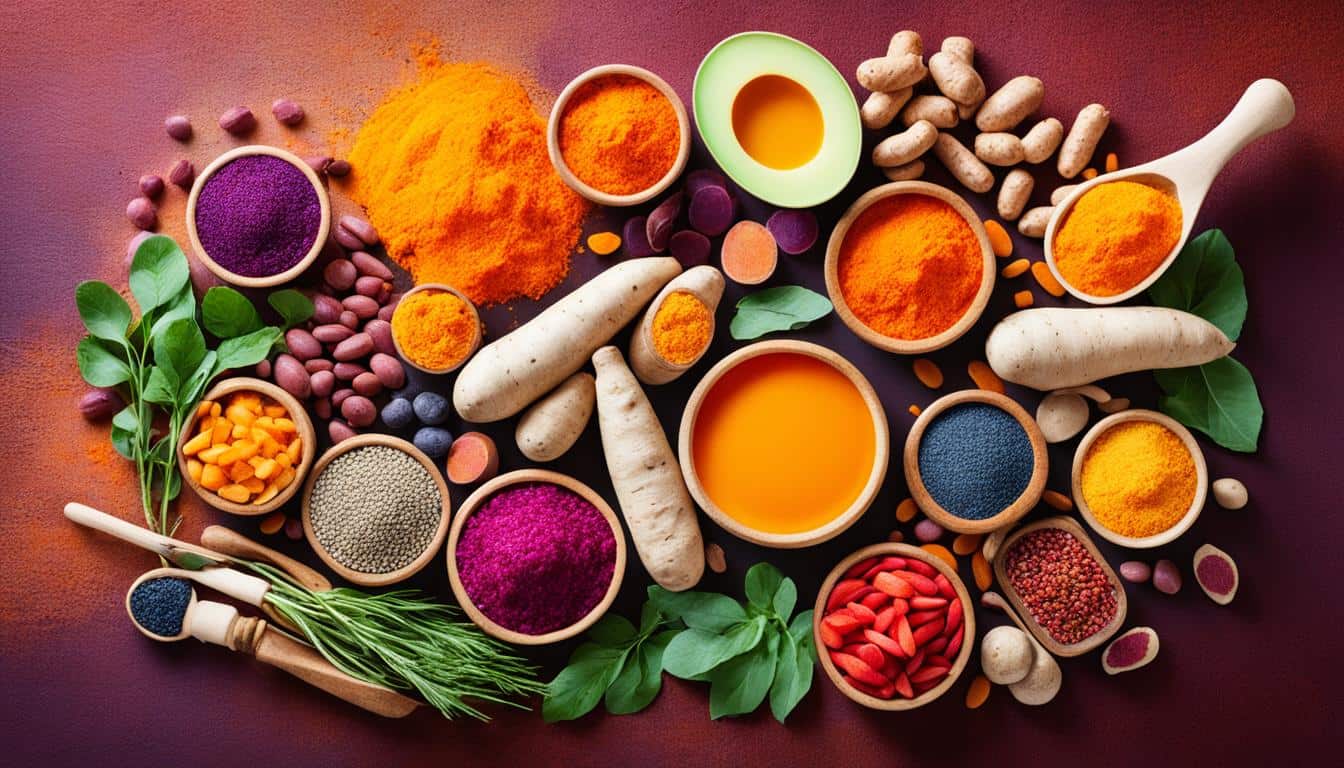
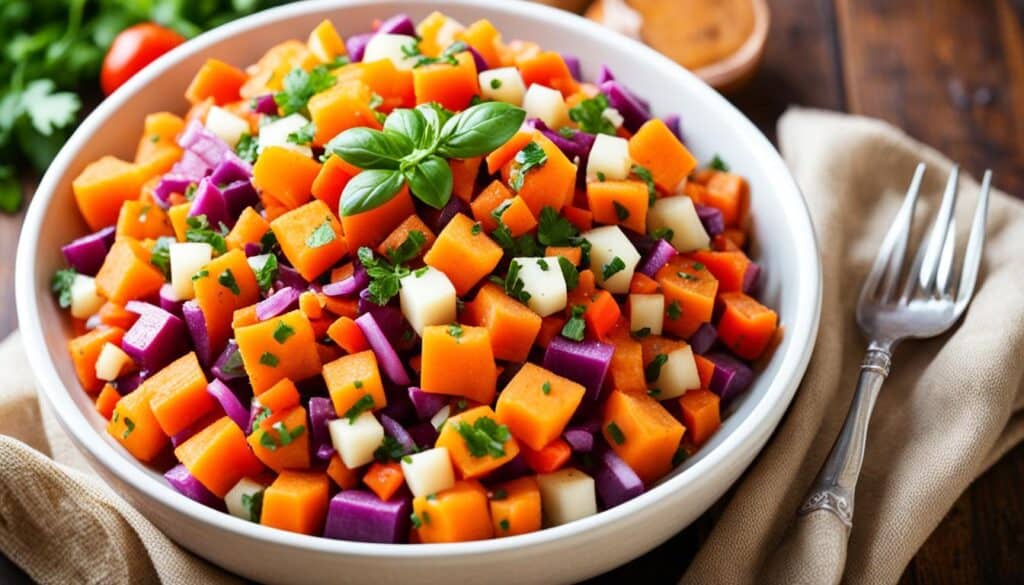
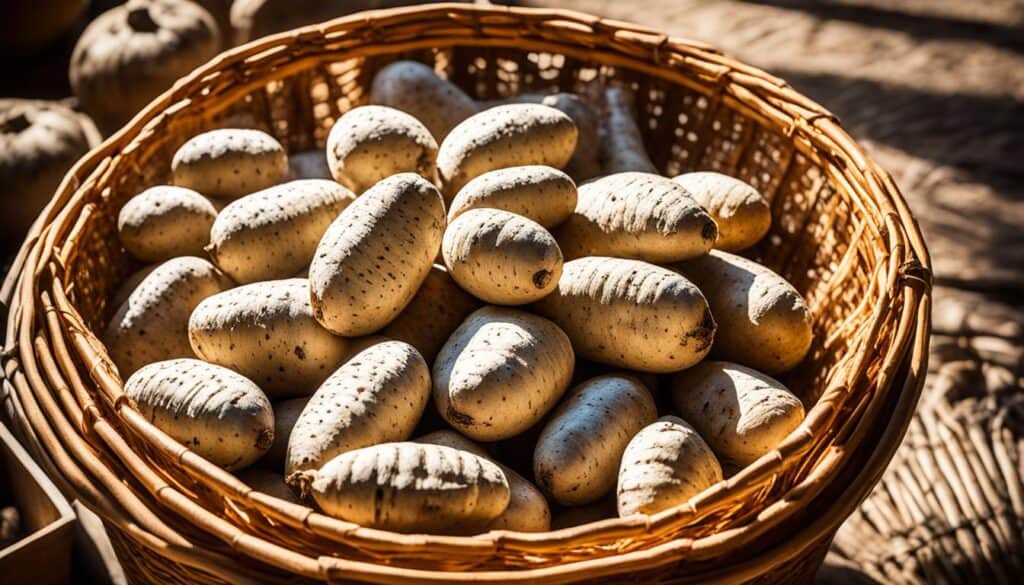
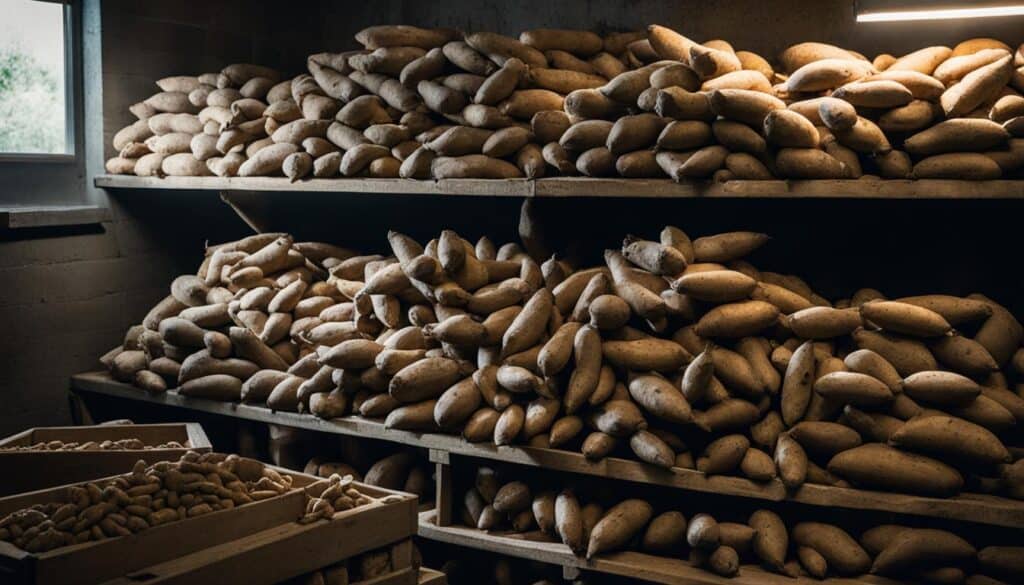
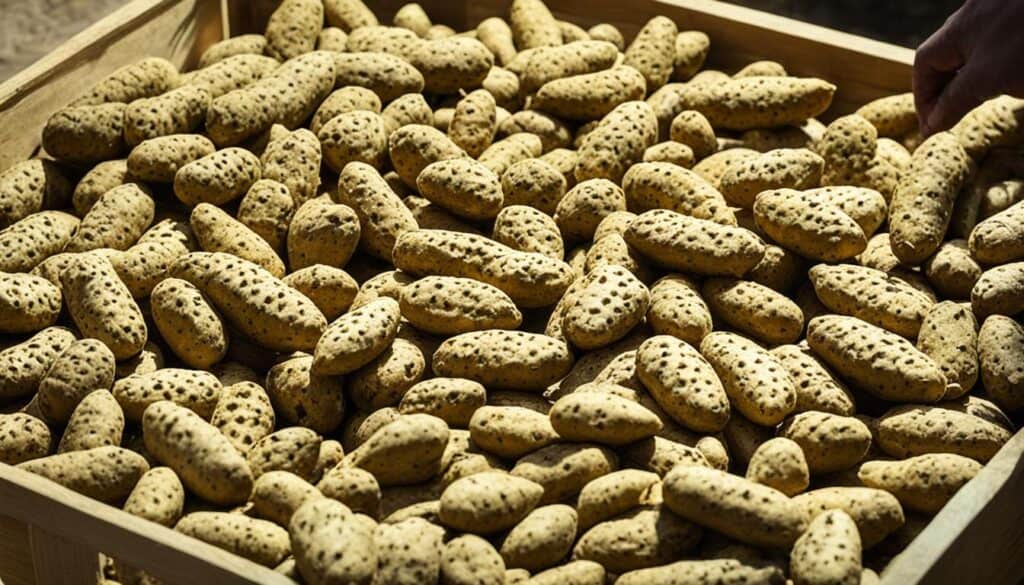

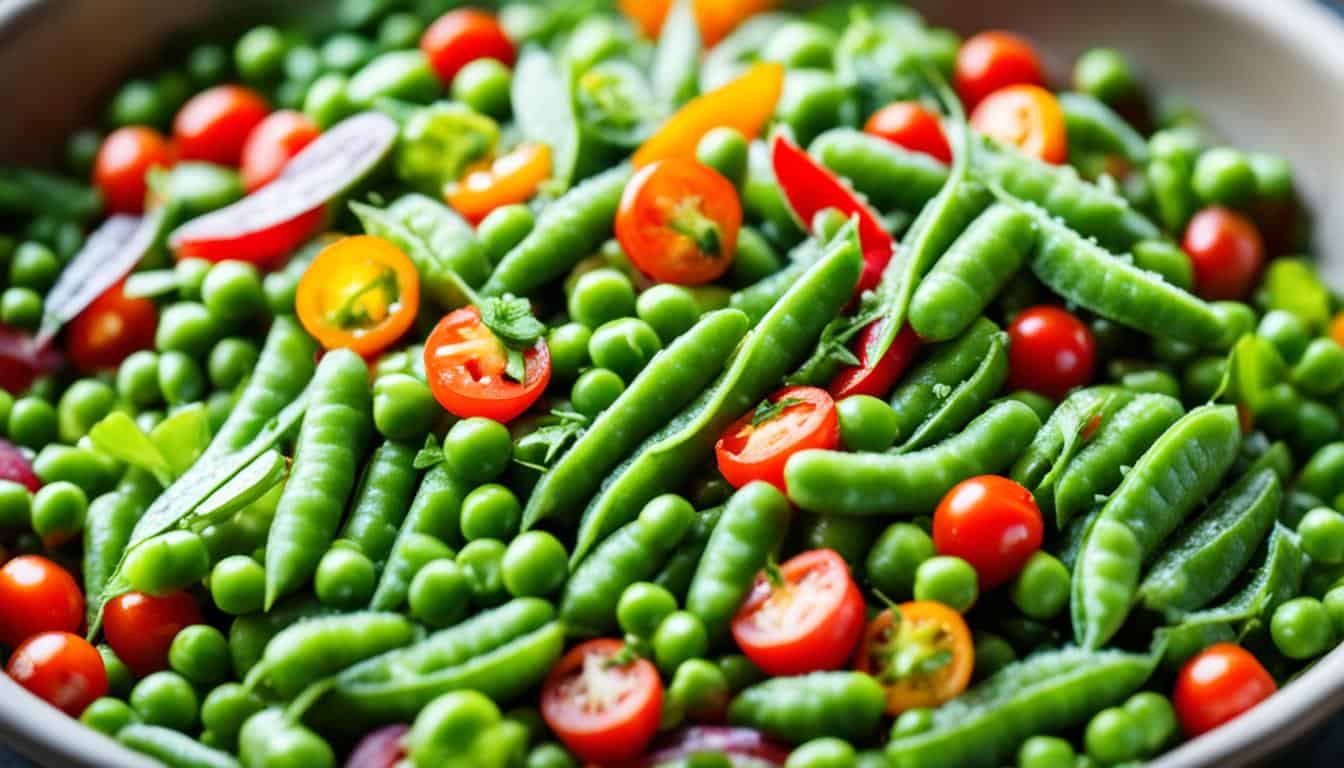
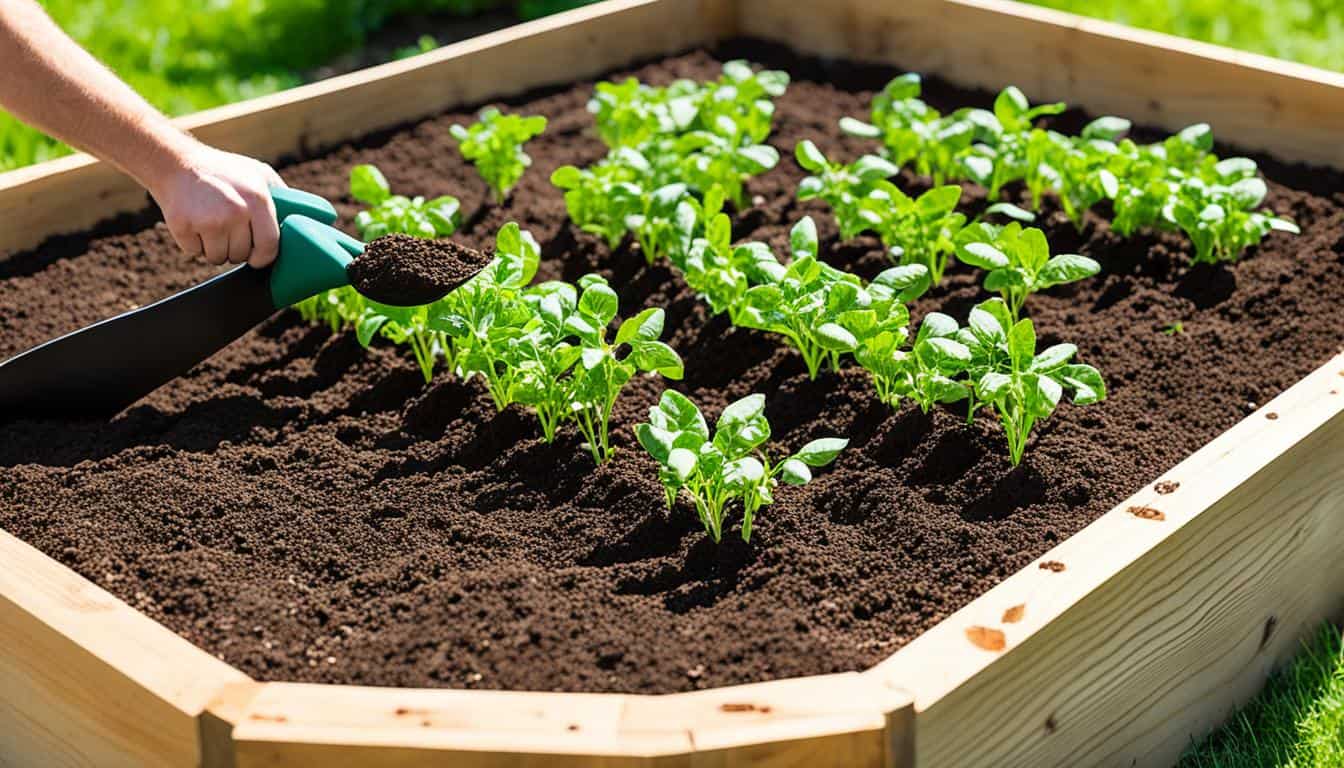
Leave a Reply